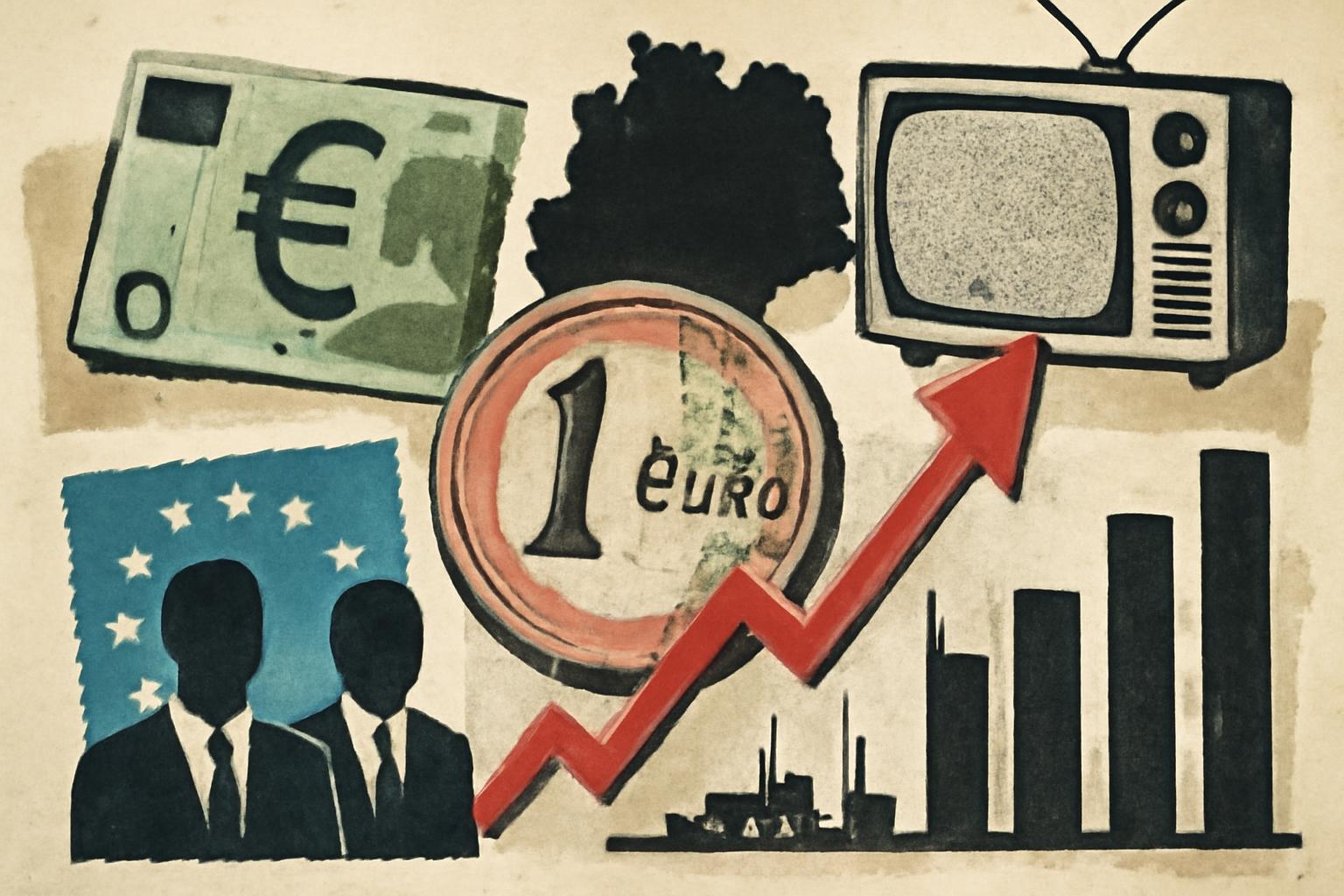A pan‑European bid has pushed to acquire a major German private broadcaster group, with the acquirer already owning a substantial slice and two weeks left for others to tender. The deal is valued around 1.8 billion euros, non‑conditional, but consolidation in the acquirer’s own books would require a majority stake. The governance of the offer looks cooperative on the surface, with the target’s management deeming the terms “adequate” for acceptance, while the second‑largest holder still weighs its position. Regulators in Germany raise no antitrust hurdles at the national level, and while the European Commission and the Federal Cartel Office have scrutinized earlier steps, the market, not bureaucrats, would decide the true competitive structure. The target is one of Germany’s two leading private broadcasters, with familiar channels and a streaming arm, plus a slate of popular formats; the value of its brand is obvious, as is the potential for creative, consumer‑driven competition—or for leverage that would tilt the playing field.
From a Hayekian lens, the only legitimate guide is the dispersed, local knowledge of millions of consumers and contract‑based entrepreneurs, not a central panel of “competitiveness” experts deciding who should own a media platform. Antitrust interventions—no matter how well intentioned—presume to know the right structure of ownership for an industry better than the participants who actually engage in market exchange. Markets allocate resources through voluntary deals; if this bid creates efficiencies, lowers costs, and serves viewers, the market will reward it; if not, competition will erode the value proposition. Centralized approvals and conditions distort discovery processes and invite crony selectivity, subsidizing newspeak or content preferences that suit regulators rather than consumers. Let the market reveal what works, and let failures, bankruptcies, or takeovers speak for themselves.
Nozickian rights theory would insist that as long as the transfer of shares is a voluntary, legitimate exchange, it is morally permissible and privately legitimate. The state’s infliction of barriers, conditions, or forced divestitures—under the banner of “competition” or “public interest”—invades the realm of property rights and contract freedom. If MFE’s bid is lawfully executed on fair terms, it is none of the state’s business to micromanage who should own and control a media platform. The proper task of law is to protect individuals from aggression and to enforce voluntary agreements, not to engineer ownership structures to satisfy some aggregate notion of “optimal competition.”
Rand would frame the debate as a test of freedom in the realm of ideas and ownership. A free market in media must respect pluralism of ownership and content, not a bureaucratic attempt to engineer outcomes deemed beneficial by state planners. The consumer sovereignty at the heart of capitalism—through choice, price signals, and private negotiation—should determine the fate of a broadcaster, not a panel that claims to design an “ideal” competitive landscape. If the deal strengthens voluntary exchanges and expands consumer options without coercive restrictions, it advances the Randian project of a society governed by reason, property, and free association.
The libertarian stance is clear: resist interventions that pretend to optimize competition by coercive means. If concerns about power arise, trust civil‑law remedies, private arbitration, and robust contract enforcement rather than bureaucratic stewardship. Preserve the sanctity of voluntary ownership transfers, respect property rights, and let viewers, advertisers, and content creators choose, through market signals, which media platforms endure, merge, or fail. The best corrective for misalignment is not state management but the disciplined, anarcho‑libertarian logic of competitive freedom: fewer rules, more room for voluntary exchange, and accountability through the spontaneous order of the market.
